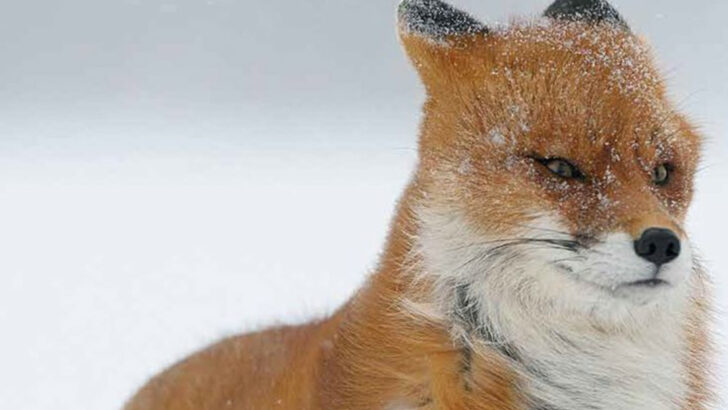Kentucky’s State Parks are like nature’s treasure chest, brimming with wildlife waiting to be discovered. From towering trees to peaceful lakes, these parks offer a front-row seat to the state’s wild side, where animals roam freely in their natural habitats.
Picture a white-tailed deer gracefully stepping through the forest, or a bobcat stealthily slipping through the underbrush. The creatures here are as varied as they are fascinating, each adding their own magic to Kentucky’s untamed beauty.
Ready for an unforgettable wildlife adventure? In this post, we’ll introduce you to 23 amazing animals you might encounter during your next visit to Kentucky’s State Parks. Whether you’re a birdwatcher, hiker, or wildlife photographer, these animals will leave you in awe of Kentucky’s hidden natural wonders. Grab your binoculars—there’s a whole world waiting to be explored!
White-tailed Deer
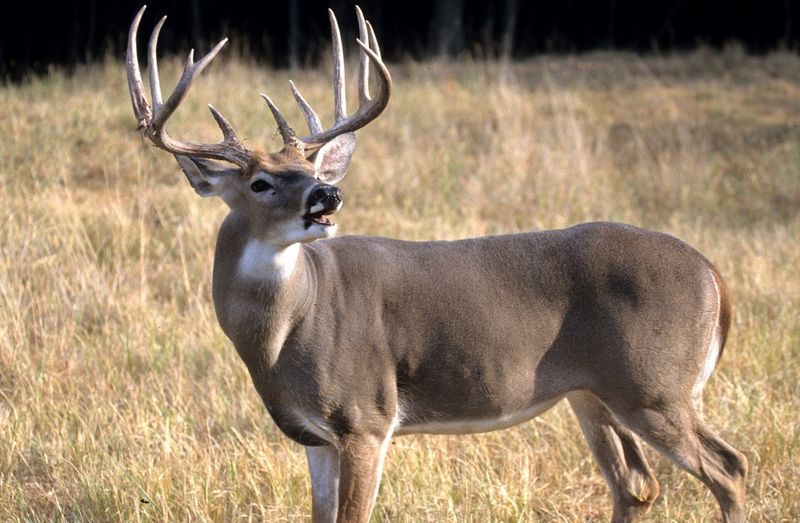
The white-tailed deer is a beloved symbol of Kentucky’s abundant wildlife. With its striking antlers and elegant gait, this gentle creature can often be spotted grazing in the state’s lush forests.
White-tailed deer are known for their keen senses, which help them evade predators and thrive in diverse habitats. These deer are most active during dawn and dusk, making them a common sight for early morning or late afternoon park visitors.
Did you know that their tails act as warning signals, flashing white as they sprint away from danger? Keep your eyes peeled for these captivating creatures.
Bobcat

Silent and elusive, the bobcat is a master of stealth in Kentucky’s forests. With its tufted ears and short tail, this solitary predator is skilled at stalking prey.
Bobcats are primarily nocturnal, rarely seen by the casual observer, but their presence is felt through the subtle signs they leave behind. Their diet includes rabbits, birds, and small mammals, demonstrating their versatile hunting skills.
Bobcat sightings are a rare and exciting event for wildlife enthusiasts. If you’re lucky, you may catch a glimpse of this enigmatic feline during an evening walk.
Eastern Wild Turkey
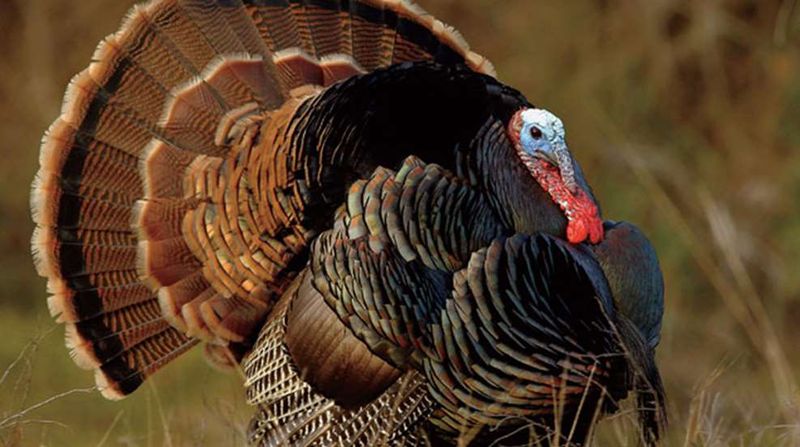
The eastern wild turkey is an iconic sight in Kentucky, renowned for its impressive size and vibrant plumage. These social birds often travel in flocks, foraging for seeds, insects, and nuts on the forest floor.
Their distinct gobbling call can be heard echoing through the woods, especially during mating season. Turkeys play a vital role in the ecosystem, aiding in seed dispersal and controlling insect populations.
Encountering a flock of these magnificent birds is a testament to the rich biodiversity of Kentucky’s parks. Listen closely and you might hear their unmistakable calls!
Red Fox

With its fiery coat and sharp eyes, the red fox is a captivating presence in Kentucky’s state parks. Known for its cunning nature, this adaptable predator can thrive in various environments, from dense forests to open fields.
Red foxes are primarily nocturnal, yet they can occasionally be seen during the day. Their diet is diverse, including rodents, birds, and even fruits, reflecting their opportunistic feeding habits.
Observing a red fox in the wild is a thrilling experience, showcasing the park’s vibrant wildlife. Keep your camera ready, as these clever creatures are quick to vanish!
Great Blue Heron
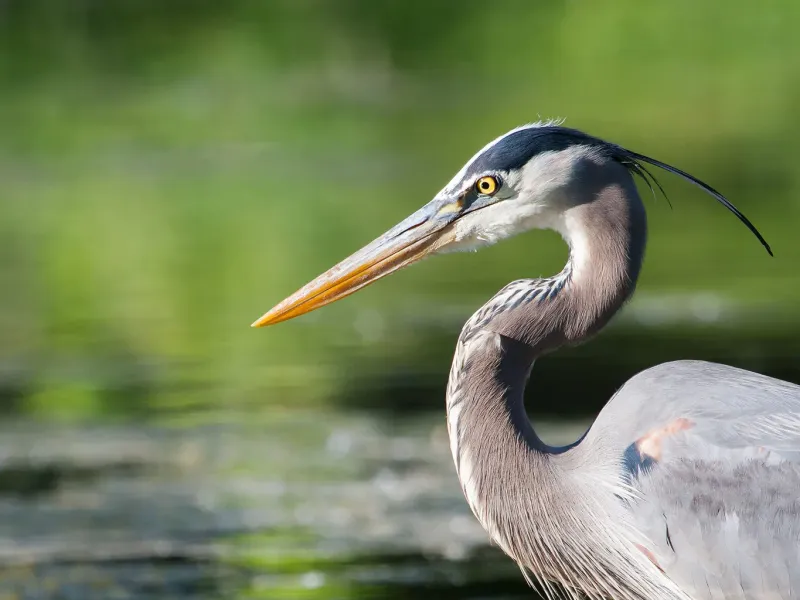
The great blue heron is a true spectacle, embodying grace and elegance as it wades through Kentucky’s waterways. Standing tall with a long neck and dagger-like bill, this bird is a master fisherman, patiently stalking fish and amphibians in the shallows.
Herons are often seen alone, creating a serene image against the backdrop of the park’s picturesque landscapes. Their powerful wings and deliberate flight make them a favorite amongst bird watchers.
Take a moment to admire these statuesque birds as they glide effortlessly across the water’s surface.
Northern Cardinal
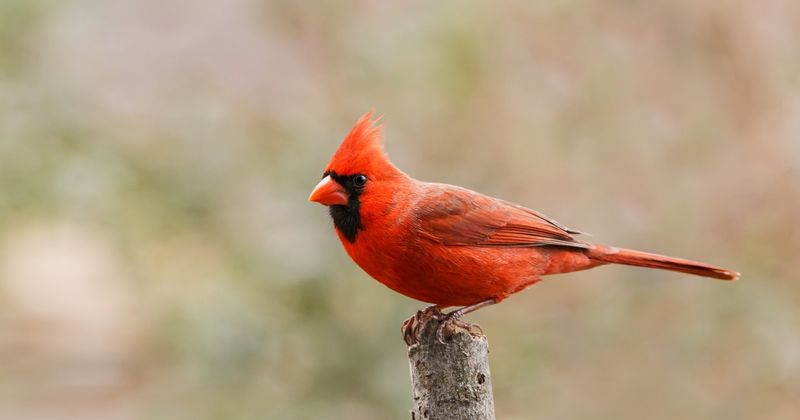
Known for its brilliant red plumage and distinctive crest, the northern cardinal is a cherished resident of Kentucky’s parks. This lively bird is a joy to observe, flitting through the trees and filling the air with its cheerful song.
Cardinals are monogamous birds, often seen in pairs, symbolizing loyalty and love. Their bright color stands out against the greenery, making them easy to spot.
Bird enthusiasts and casual park-goers alike delight in watching these spirited creatures. Keep your binoculars handy for a chance to see a cardinal up close.
American Black Bear
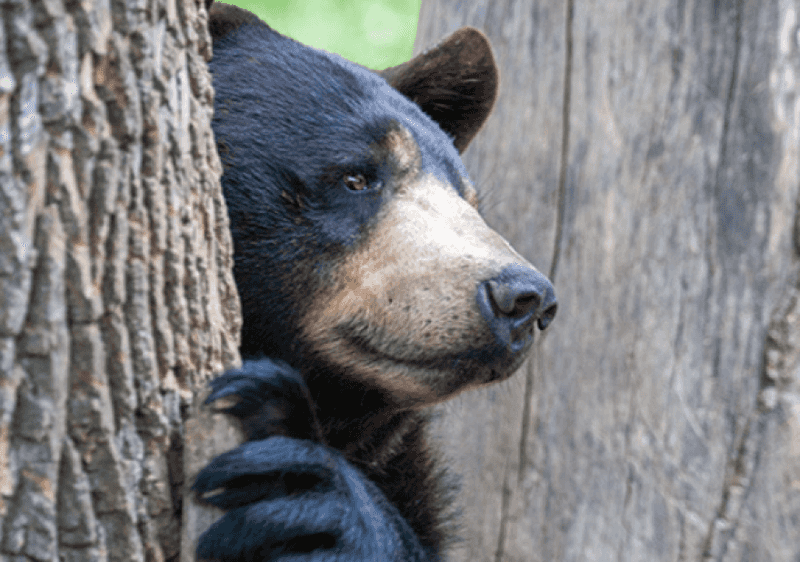
The American black bear is one of Kentucky’s most formidable animals, yet it is known for being elusive and shy. Despite its size, this bear is a master of blending into the forest, often surprising those lucky enough to spot one.
Bears are omnivorous, with a diet ranging from berries and nuts to fish and small mammals. They are most active during dawn and dusk. Observing a black bear in the wild is a memorable experience, underscoring the untamed beauty of Kentucky’s wilderness.
Be sure to keep a respectful distance if you encounter one.
Barred Owl
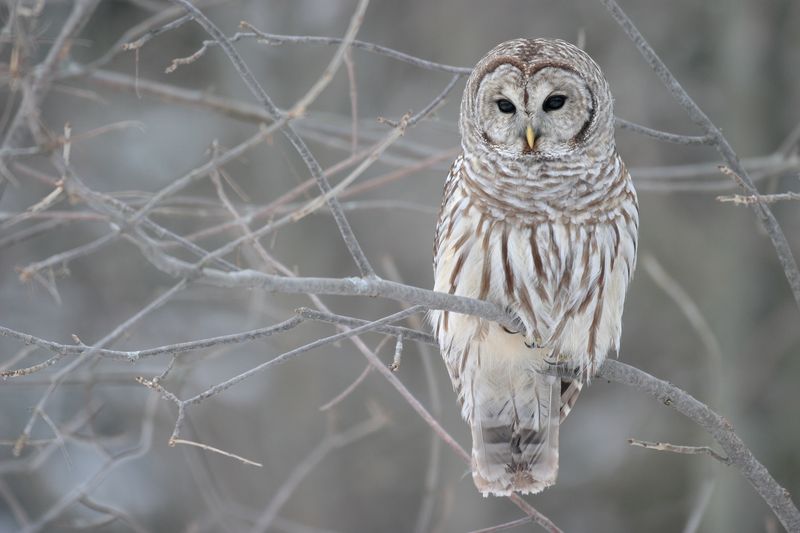
The haunting call of the barred owl is an iconic sound in Kentucky’s forests. These nocturnal hunters are known for their distinctive hooting, which echoes through the night.
With large, soulful eyes and a rounded head, barred owls are adept at hunting in the dark. Their diet consists primarily of small mammals and birds, relying on their keen sense of hearing to locate prey.
Spotting a barred owl during an evening walk can be a magical experience, adding an air of mystery to the park’s nighttime ambiance.
Copperhead Snake
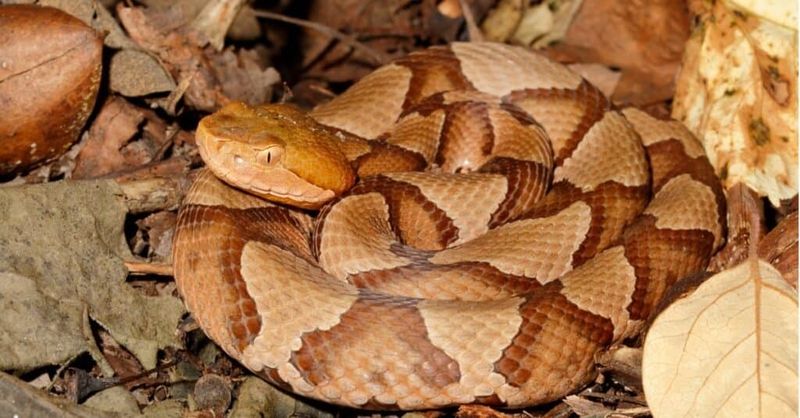
The copperhead snake is a fascinating yet misunderstood resident of Kentucky’s woodlands. Known for its distinctive copper-colored bands, this snake is venomous but typically non-aggressive.
Copperheads rely on their camouflage to blend into the forest floor, making them difficult to spot. They feed on small rodents, frogs, and insects, playing a crucial role in the ecosystem by controlling pest populations.
While encounters are rare, it’s important to admire these serpents from a distance, respecting their place in nature’s balance.
Eastern Box Turtle
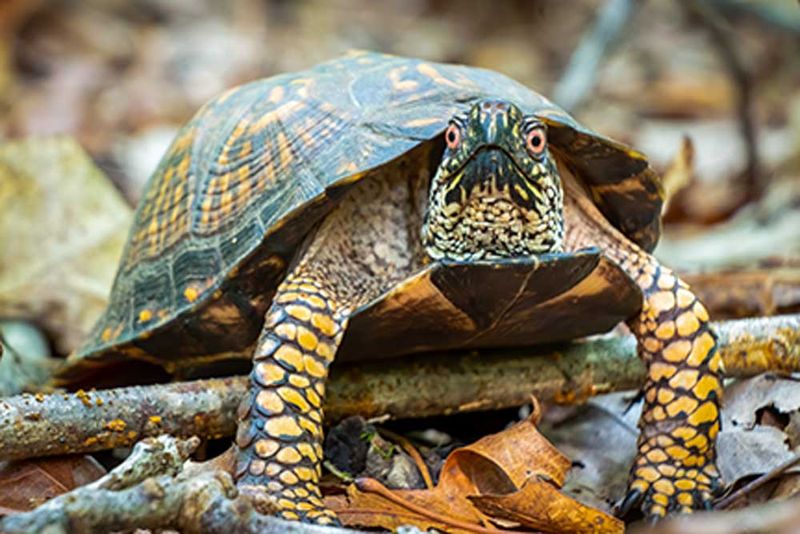
With its ornate shell and gentle demeanor, the eastern box turtle is a favorite among park visitors. These terrestrial turtles are known for their slow, deliberate movements and can live for several decades.
Box turtles have a varied diet, including insects, fruits, and fungi, which they forage for in the underbrush. Their colorful shells provide excellent camouflage, helping them avoid predators.
Spotting one on a leisurely stroll is a delightful surprise, offering a glimpse into the slow-paced life of these charming reptiles.
Pileated Woodpecker

The pileated woodpecker is a remarkable bird, easily recognized by its vibrant red crest and robust size. Often heard before seen, their loud, rhythmic drumming echoes through Kentucky’s forests as they search for insects.
These woodpeckers play a vital role in forest health, chiseling into trees to find food and creating nesting sites for other species. Their energetic antics and striking appearance make them a favorite among bird watchers.
Keep an ear out for their distinctive calls and drumming when exploring the woods.
Raccoon

The raccoon is a common yet charismatic animal found in Kentucky’s parks. Known for their ‘masked’ faces and nimble paws, these nocturnal mammals are both clever and adaptable.
Raccoons are omnivorous, feeding on fruits, insects, and small animals. They are often seen near water sources, washing their food before eating.
Despite their reputation as troublemakers, raccoons play a crucial role in the ecosystem, helping control insect and rodent populations. Observing their playful antics can be a highlight of any park visit.
Coyote

The coyote is a cunning and adaptable predator, thriving in Kentucky’s varied landscapes. With its bushy tail and sharp features, this wild canine is known for its resourcefulness and intelligence.
Coyotes are highly social animals, often hunting in pairs or small groups. Their diet is diverse, including small mammals, fruits, and carrion. Hearing their distinctive howls echoing through the night is a haunting yet thrilling experience for park-goers.
Coyotes embody the spirit of the wilderness, adapting and surviving in the face of changing environments.
American Beaver
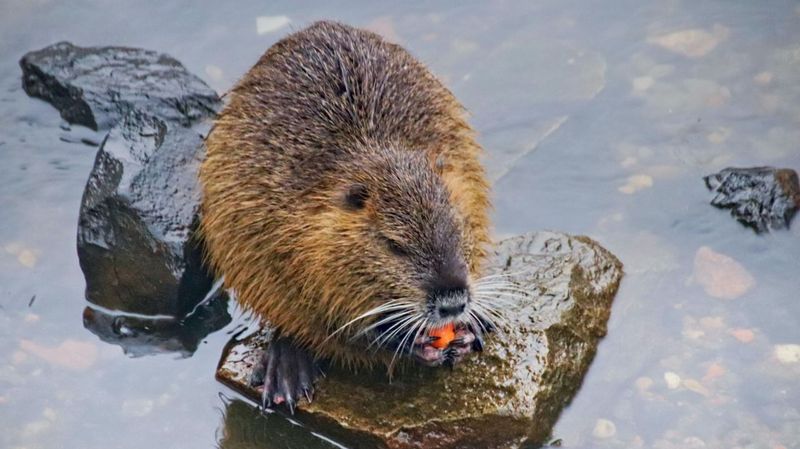
The American beaver is nature’s engineer, renowned for its dam-building skills and transformative impact on the environment. Found in Kentucky’s waterways, these industrious rodents create habitats that benefit countless other species.
Beavers are known for their flat tails and powerful teeth, which they use to fell trees and construct their homes. Their activities help maintain wetland ecosystems, providing habitat for fish, birds, and amphibians.
Observing a beaver at work is a fascinating glimpse into the complex web of life in Kentucky’s parks.
Eastern Cottontail Rabbit
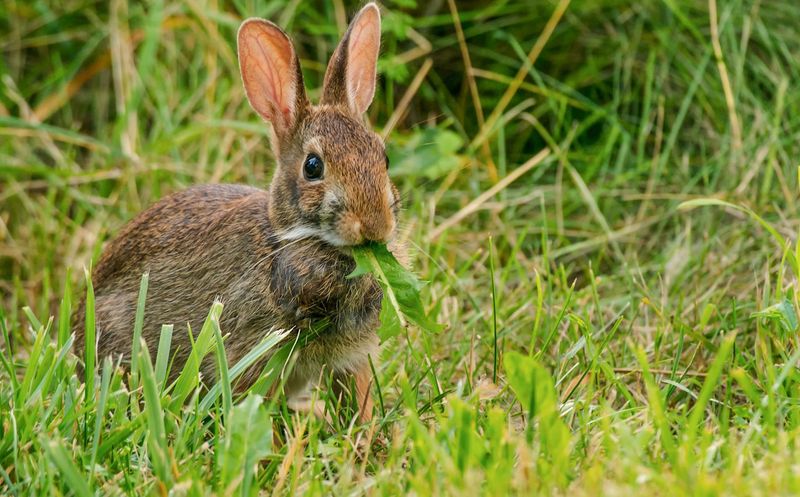
The eastern cottontail rabbit is a familiar sight in Kentucky’s meadows and woodlands. With its soft fur and twitching nose, this adorable creature delights visitors of all ages.
Cottontails are herbivorous, feeding on grasses, clovers, and other vegetation. Their keen senses and speed help them evade predators, making them a symbol of agility and alertness.
Spotting one during a leisurely walk is a treat, offering a glimpse into the gentle pace of life in the park’s natural settings.
Bald Eagle
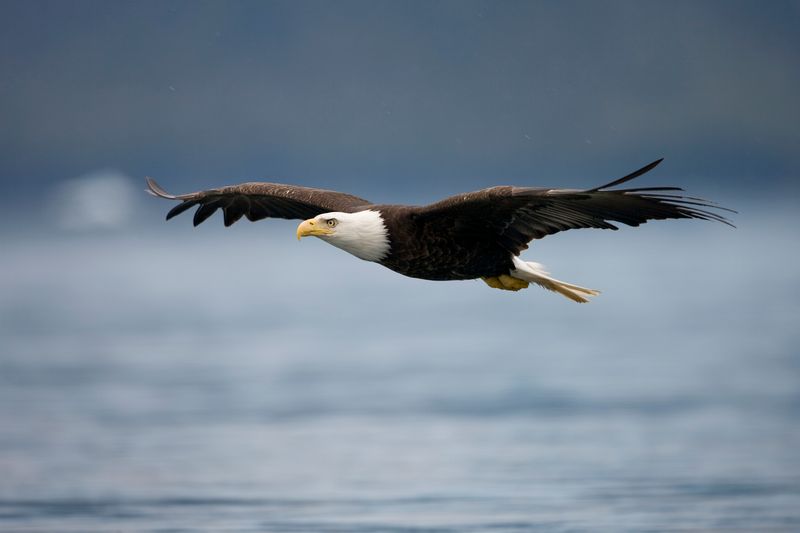
The bald eagle is a symbol of strength and freedom, and spotting one in Kentucky’s parks is a breathtaking experience. These magnificent birds of prey are known for their impressive wingspan and striking appearance.
Eagles are skilled hunters, often seen gliding over lakes and rivers in search of fish. Their nests, known as aeries, can be found high in the treetops.
Watching a bald eagle soar through the sky is a reminder of the wild beauty preserved within Kentucky’s natural landscapes.
Gray Squirrel
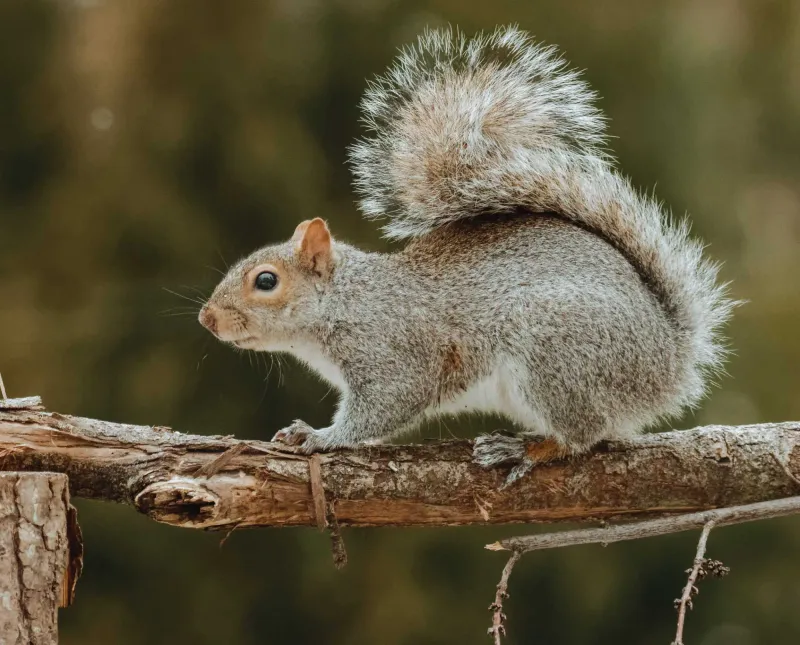
The gray squirrel is a lively and endearing resident of Kentucky’s parks. With its bushy tail and acrobatic antics, this small mammal is a favorite among visitors.
Squirrels are known for their hoarding habits, collecting nuts and seeds to store for the winter. Their playful behavior and adaptability make them a common and entertaining sight in both rural and urban settings.
Observing a gray squirrel’s nimble movements provides a lighthearted connection to the everyday wonders of nature.
American Bullfrog
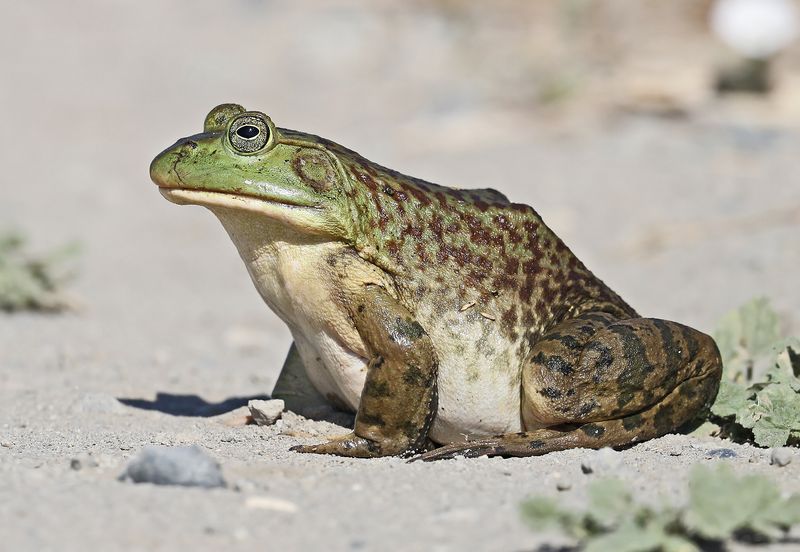
The American bullfrog is the largest frog species in North America, and its deep, resonant call is a familiar sound in Kentucky’s wetlands. These amphibians are known for their powerful leaps and voracious appetites.
Bullfrogs feed on insects, small fish, and even other frogs, playing an important role in maintaining the ecological balance. Their distinctive calls can be heard during warm evenings, adding to the park’s symphony of natural sounds.
Witnessing a bullfrog’s leap is a testament to the vigor of Kentucky’s aquatic life.
Timber Rattlesnake
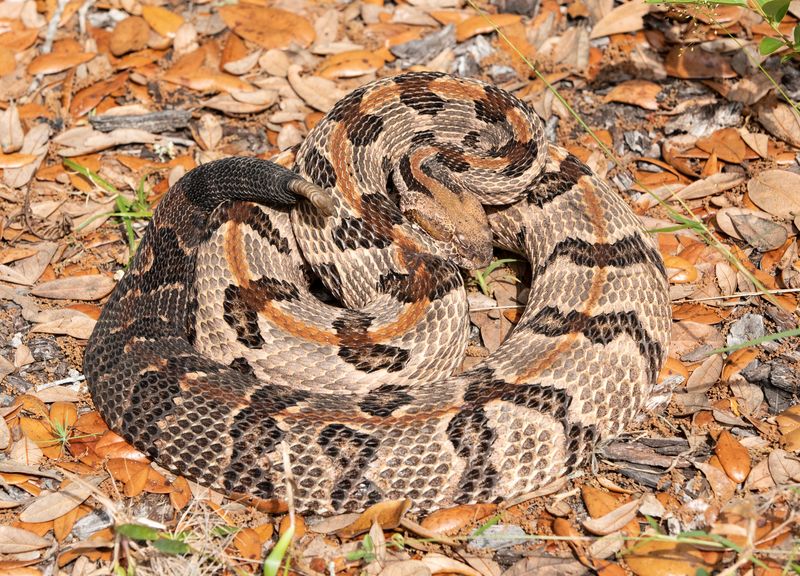
The timber rattlesnake is a formidable yet often misunderstood inhabitant of Kentucky’s rugged terrain. Known for its distinctive rattle and striking pattern, this snake is a symbol of the wild.
Rattlesnakes are venomous but generally shy, avoiding humans if possible. They play a vital role in controlling rodent populations, contributing to the balance of the ecosystem.
While encounters are rare, it’s essential to observe these reptiles from a respectful distance, appreciating their role in nature’s intricate web.
Osprey

The osprey is a master fisherman, and watching one hunt is a spectacle in Kentucky’s parks. With its keen eyesight and agile flight, this bird of prey is adapted for life near water.
Ospreys build large nests near rivers and lakes, where they can be seen diving dramatically to catch fish. Their presence indicates healthy aquatic ecosystems.
Observing an osprey in action is a thrilling reminder of the dynamic life that thrives in Kentucky’s natural environments.
Striped Skunk
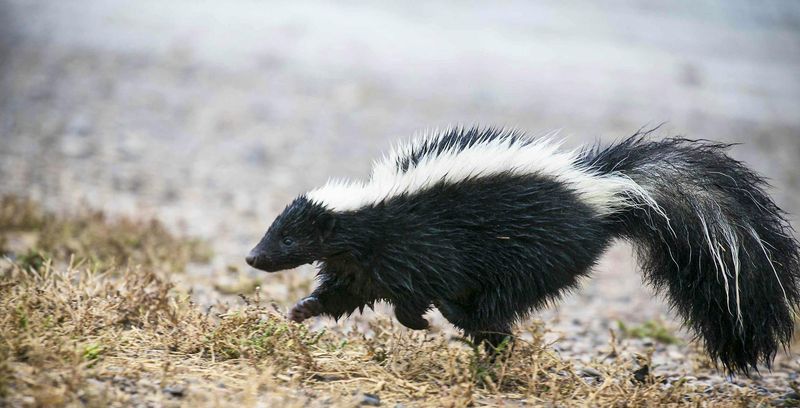
The striped skunk is a well-known resident of Kentucky’s forests, famous for its striking black and white coat. Despite their reputation, skunks are gentle creatures that prefer to avoid confrontation.
Skunks are omnivorous, feeding on insects, small mammals, and vegetation. Their distinctive scent is a last resort defense mechanism.
Spotting a skunk during an evening stroll can be a charming encounter, as long as both parties maintain a respectful distance!
Kentucky Cave Shrimp
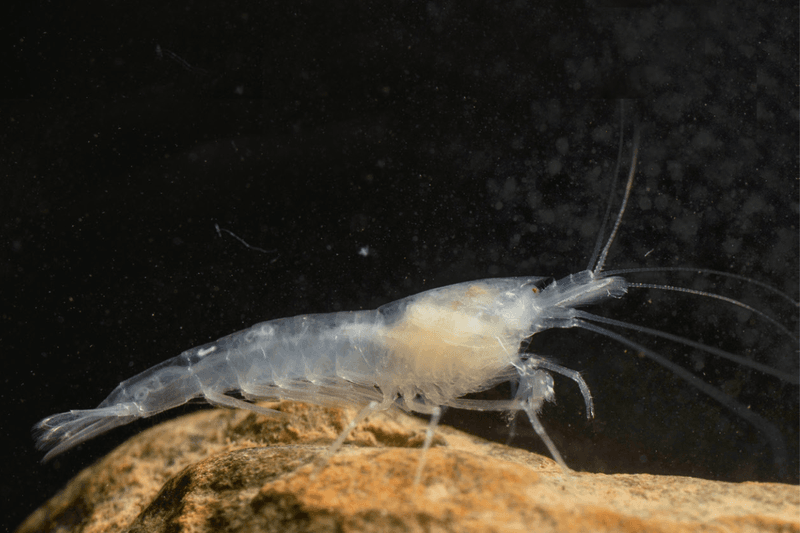
Imagine venturing into a dark cave and coming face-to-face with a shrimp like no other. The Kentucky Cave Shrimp is a true marvel of adaptation. These tiny crustaceans are completely blind, having evolved to live in total darkness.
Their bodies are translucent, making them almost invisible against the backdrop of shadowy cave waters. These shrimp feed on organic debris and play a vital role in the cave ecosystem.
Despite their unassuming size, they contribute significantly to nutrient cycling. Their existence highlights the delicate balance of life in subterranean environments. A visit to their habitat offers a glimpse into nature’s secrets.
Feral Peacock
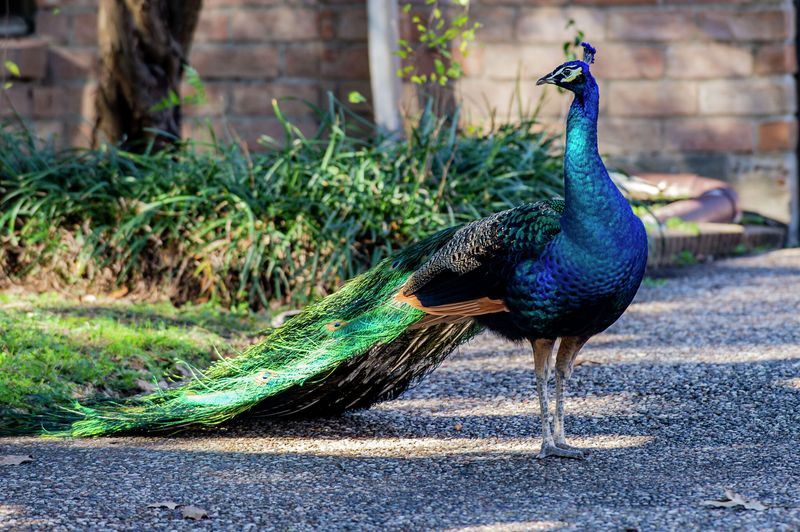
Who would expect to find the dazzling display of a peacock in Kentucky? These feral peacocks, descendants of domestic birds, roam freely in some state parks, adding an unexpected splash of color to the landscape.
With their iridescent feathers and regal demeanor, they capture the attention of visitors and locals alike. Often heard before they are seen, their calls echo through the trees, announcing their presence.
Watching a peacock strut with its tail fanned out is a sight to behold. This exotic bird brings a touch of the extraordinary to the familiar surroundings of Kentucky.

